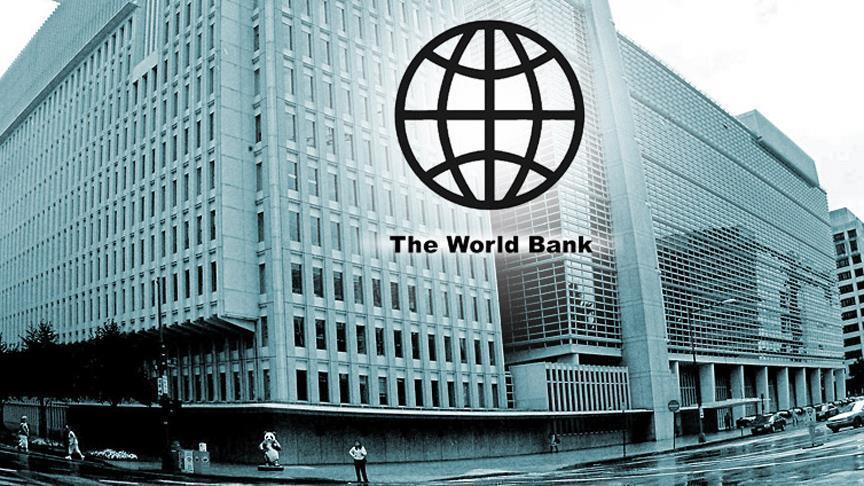Pakistan’s ballooning trade deficit stems not from unruly imports but from a systemic shift away from exports, at work in the country’s economy since around the turn of the century, a new World Bank Pakistan report reveals.
Published last month, The World Bank Pakistan Development Update (PDU) provides a highbrow look at Pakistan’s economy and economic outlook. As well, it takes stock of the specific development challenges facing the country and the structural reforms Islamabad should consider.
Pakistan ran up a trade deficit to the tune of a whopping USD 7.4 billion in the first two months of FY22, bringing back a fresh round of the perennial debate about how best to address the problem.
The State Bank of Pakistan deemed it fit to impose a 100 percent cash margin on 114 import items – acting as a non-tariff barrier to imports by increasing importers’ financial costs. The Ministry of Finance on its part jacked up regulatory duties on “non-essential, luxury” imports, raising tariff barriers in the hope of curbing imports to curtail the trade deficit.
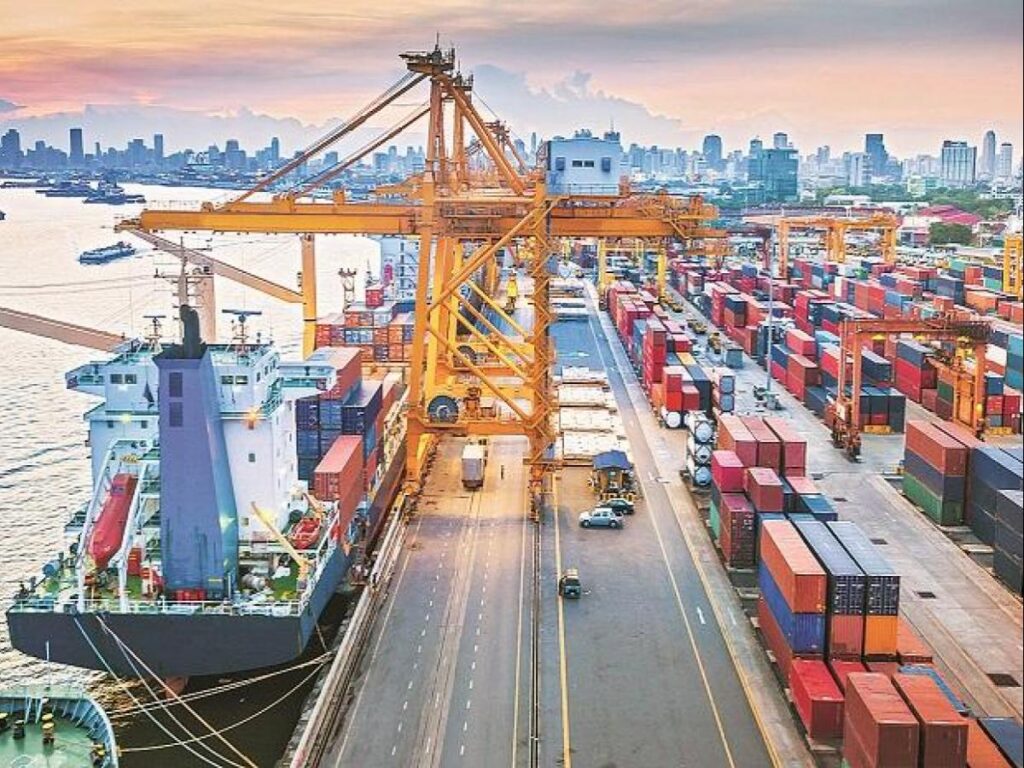
But the World Bank report says these measures are unlikely to curb the deficit for three reasons. “First, the share of imports of non-essential or luxury goods is too small to have an impact. Second, these items are already facing very high import duties and further increases will not curb their consumption substantially, as demand is relatively inelastic.
“Third, the import content of domestically produced substitutes is high, and therefore any substitution away from imported and into domestic luxury goods will likely lead to an increase in imports of parts and components to produce the domestic versions.
“Thus, instead of achieving the intended goal, these measures exacerbate the already pronounced anti-export bias of Pakistan’s trade policy and add uncertainty by increasing the likelihood of sudden policy changes that affect firms’ cost structures.”
The report notes that Pakistan’s import bill is not particularly large when benchmarked against other comparable economies, nor is it weighted toward luxury or consumer goods.
“As a percentage of GDP, imports of goods and services stood at 17 percent in 2020, below Bangladesh’s 19 percent, Egypt’s 21 percent, or Vietnam’s 103 percent, all Pakistan’s peers in the size of economy “, says the report.
“In terms of composition, Pakistan’s merchandise imports are mainly for industrial or commercial use. In FY21, imports of intermediate inputs accounted for 53 percent of the total, fuels for 24 percent, and capital goods for 11 percent.
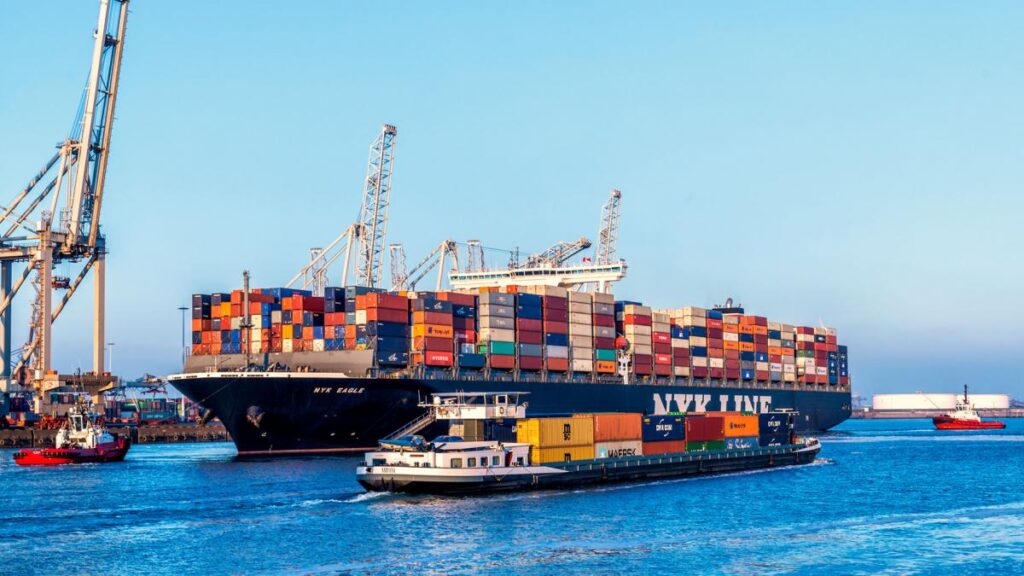
“Consumer goods accounted for only 7 percent of imports, while mobile phones accounted for 4 percent. On the services front, imports have been similarly tilted towards production use: transport (mainly sea-freight) and business services typically account for approximately 69 percent of services imports.”
The solution, says the report, lies in boosting exports. Because: “Pakistan exported USD 188 per working-age person in 2020, approximately half of Bangladesh’s amount, and more than 20 times less than Vietnam’s. As previously mentioned, Pakistan’s exports are low because they have been stagnant for an extended period.
“In 2020, exports were only 47 percent greater than they had been in 2005, in current prices, whereas Vietnam’s were 700 percent greater.”
The report notes that Pakistan’s economy has turned inward since the turn of the century. “As a share of GDP, Pakistan’s exports fell from 16 percent in 1999 to 10 percent in 2020 (Figure 3.5). Increased inward orientation poses a problem because greater integration into the global marketplace is closely linked with faster productivity growth.”
The authors acknowledge that Pakistan’s increasingly inward orientation is not the consequence of a structural lack of export potential. Based on the size, level of development, location, and factor endowments of its economy, Pakistan pocketing around USD 88.1 billion in exports, almost four times its current level.
“While there are several challenges that Pakistani firms face related to the business environment, there are export-specific challenges that prevent the realization of this potential”, says the report, as it devotes a special section to the detailed examination of the challenges facing Pakistan’s export competitiveness, its drivers, and potential policy levers to boost it.
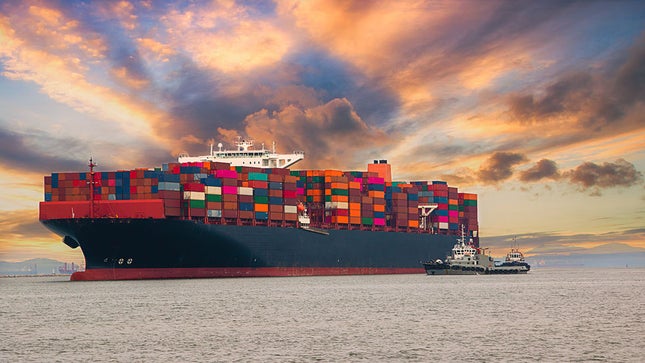
Titled “Special Focus – Reviving Exports”, the section begins by laying bare how Pakistan has been losing ground in export markets since the turn of the century, and how merchandise export diversification has remained elusive.
Perhaps the only bright spot is a shift toward knowledge-based exports in services. “… knowledge-intensive sectors such as computer and professional business services have grown relatively fast, at rates above 10 percent annually.”
Overall, the share of knowledge-intensive services in services exports grew from 10 percent in 2010 to 50 percent in 2020.
The report says this is owing to the global trend of internationalization of business services, as Pakistani freelancers and SMEs embraced it. The trend has been amplified by an increase in remote working, fueled by the COVID-19 pandemic.
Moreover, knowledge-intensive exports are likely to be underestimated in the available data as roughly half of services exports go unreported for various reasons.
The report identifies several reasons for the stagnation of Pakistan’s exports. “High import duties imply high effective rates of protection of domestic industries, making profits of selling domestically artificially large by deterring import-competition. Import duties, intended to incentivize import substitution, instead incentivize export substitution”.
Thus, Pakistan’s tariff policy creates a high and increasing anti-export bias.
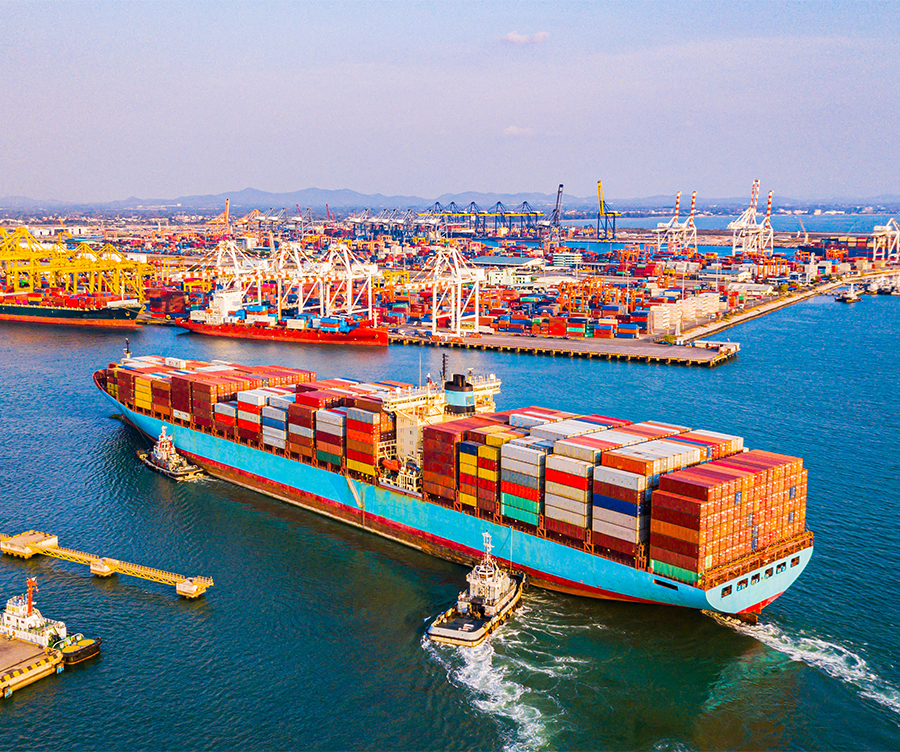
Another reason for stagnating exports is that Pakistan’s inability to access preferential trade regimes. The country has few preferential trade agreements and struggles to implement those it has.
Yet another reason identified by the report is that incentive schemes for existing exporters tend to focus on the well-established sectors and within those sectors, favours less dynamic and less sophisticated status quo players, preserving the current export structure rather than transforming it.
The report says revitalizing Pakistan’s export sector will require a long-term and coordinated policy strategy. “This will require coordination across government agencies at federal and provincial levels to harmonize policy decisions, institutional strengthening to ensure effective implementation, and active public–private sector dialogue to secure the broadest support to reforms.”
The report concludes by presenting an array of long- and short-term recommendations, identifying the main agencies responsible for the implementation of each item.


